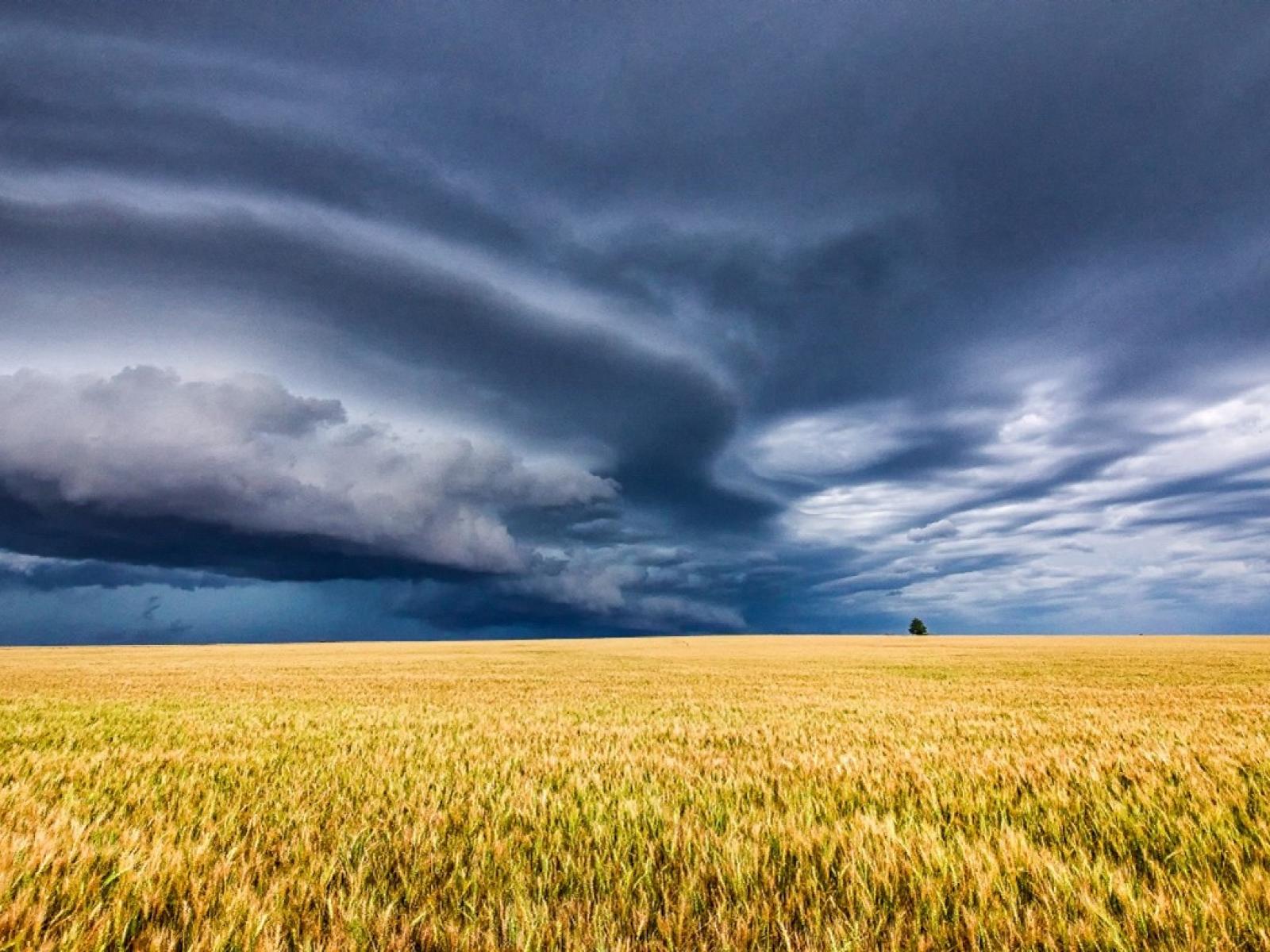Western Wildfires Spark Stronger Storms in Downwind States
When wildfires burn in the west, their heat and airborne particles inflict stronger rain and larger hail upon central states

The presence of wildfires in the Western United States enhances extreme rainfall in the Central United States.
(Image by Raychel Sanner | Flickr.com)
The Science
Forest wildfires have become more frequent and stronger. As western wildfires begin earlier each year, they have begun to occur at the same time severe convective storms hit the Central United States. Potential links between the two have not been explored. Researchers used a detailed weather model with wildfire heat flux and aerosol effects considered to explore how western wildfires affect the severe weather like extreme precipitation and large hailstones in the downwind states. They found that western wildfires notably enhance the severity of storms in the Central US by increasing the occurrence of heavy precipitation and large hail (diameter > 2.5 cm).
The Impact
Both wildfires and severe storms generate substantial economic losses across the United States and the globe. The large impact of western wildfires on severe storms and weather hazards in downwind states suggests that upstream wildfires may be an important factor that influences severe convective storms. This concept may apply to other regions affected by upstream fires. Since both wildfire and severe convective storms potentials are projected to increase in a warming future, the impact of wildfires on severe storms in downwind regions may be increasingly critical as climate warming continues.
Summary
Researchers conducted model simulations of severe convective storms in the Central US with co-occurring western wildfires at 1 km grid spacing. They employed the Chemistry version of the Weather Research and Forecasting Model (WRF-Chem) with wildfire heat flux and detailed cloud microphysics considered. The model simulations were comprehensively evaluated for aerosols, meteorology, fire, precipitation, and hail. The researchers found that the presence of western wildfires notably increased the occurrences of heavy precipitation rates and significant severe hail in the Central US by 38% and 34%, respectively. The heat and aerosols from wildfires both play an important role. By enhancing surface high pressure and increasing westerly and southwesterly winds, wildfires in the Western US produce: (a) stronger moisture and aerosol transport to the Central US and (b) larger wind shear and storm-relative helicity in the Central US. The meteorological environment becoming more conducive to severe convective storms and increased aerosols both contribute to the enhancement of heavy precipitation rates and large hail. As a warming climate is project to lead to more frequent and severe wildfires, their influence on severe weather in downwind regions may increase. This study offers a new pathway for understanding the effects of climate change on the severity of storms.
PNNL Contact
Jiwen Fan, Pacific Northwest National Laboratory, jiwen.fan@pnnl.gov
Funding
This research was supported by the Department of Energy, Office of Science, Biological and Environmental Research program as part of the Regional and Global Model Analysis program area.
Published: November 18, 2022
Zhang, Y., Fan, J., Shrivastava, M., Homeyer, C., Wang, Y., Seinfeld, J. 2022. “Notable Impact of Wildfires in the Western US on Weather Hazards in the Central US,” Proc. Natl. Acad. Sci. U.S.A., 119(44), e2207329119. [DOI: 10.1073/pnas.2207329119]